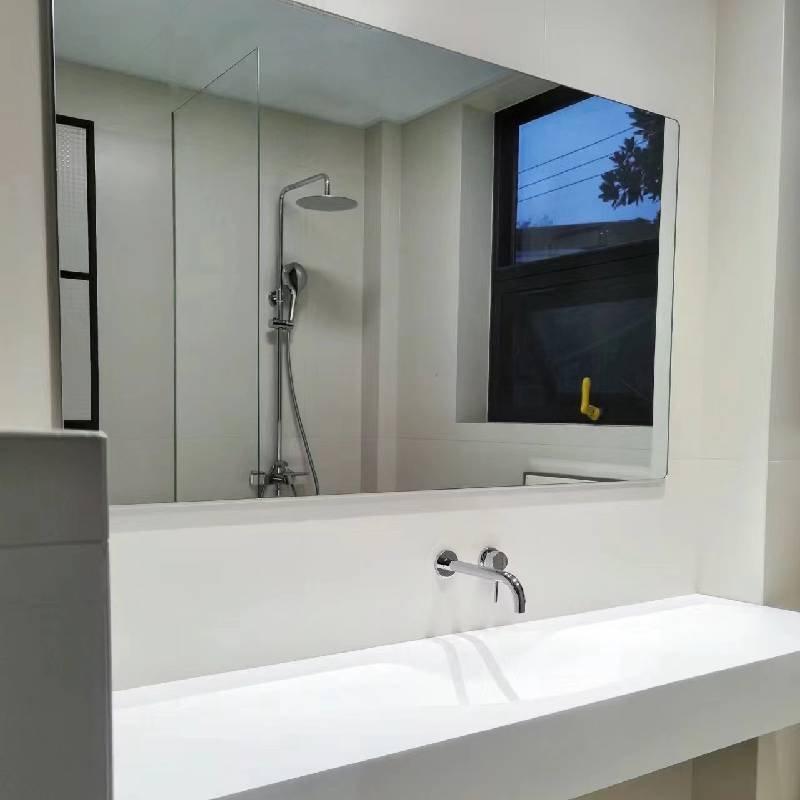

The Allure of Decorative Stained Glass
Stained glass is an artistic medium that has captured the hearts and imaginations of people for centuries. Known for its glorious interplay of light and color, decorative stained glass is not merely a window but a canvas that tells stories, conveys emotions, and enhances the spirit of both sacred and secular spaces. From grand cathedrals to intimate residences, the art of stained glass is a perfect marriage of functionality and beauty.
Historically, stained glass gained prominence during the Middle Ages, especially in Gothic cathedrals, where it served both an aesthetic and educational purpose. The vivid colors and intricate designs of stained glass windows were meant to convey biblical stories and saints' lives to congregants who could not read. As sunlight streamed through these pieces, it transformed the interior, creating a mesmerizing kaleidoscope of colors that inspired awe and reverence.
The process of creating decorative stained glass is as fascinating as the final product itself. Artisans meticulously cut colored glass into various shapes, a skill that requires precision and an eye for detail. The glass is then soldered together using lead came or copper foil, allowing for intricate designs and patterns. Once assembled, the glass can be treated with paints or enamels to enhance and articulate details, which are then fired in a kiln, binding the colors to the glass permanently. The craftsmanship involved in this process highlights the dedication and passion of the artisans who revive this ancient art form.
In modern times, decorative stained glass has evolved beyond its religious roots. Today, it finds applications in various settings, including homes, offices, and public buildings. Artists are now exploring contemporary themes and designs, creating unique pieces that resonate with current aesthetics. The versatility of stained glass allows it to be used in different ways, such as panels, door inserts, skylights, and even decorative room dividers, making it a sought-after choice for interior design.

One of the most appealing aspects of decorative stained glass is its ability to transform a space. The play of colored light on walls and floors can create an atmosphere that is both inviting and serene. Imagine entering a room where sunlight filters through a vibrant stained glass window, casting radiant hues that dance across the surfaces. This dynamic luminosity can alter perceptions of space, making it feel larger and more vibrant. Moreover, stained glass can act as a focal point in any room, drawing the eye and sparking conversation.
Furthermore, decorative stained glass holds a timeless quality that appeals to both traditionalists and modernists. Many homeowners today appreciate the blend of historical craftsmanship with contemporary design, resulting in bespoke installations that reflect personal style and taste. Whether opting for classic motifs or abstract designs, each piece of stained glass has a unique character, contributing to a narrative that is distinctly its own.
Caring for stained glass is essential to preserving its beauty and integrity. Regular dusting with a soft cloth, avoiding harsh chemicals, and ensuring proper sealing are vital steps to maintain the vibrancy of the colors and the structure of the glass. By taking these precautions, owners can keep their decorative stained glass pieces looking brilliant for generations.
In conclusion, decorative stained glass is more than just a medium; it is an enduring art form that speaks to the human experience. It encapsulates history, culture, and creativity, all while enhancing the environments in which it resides. Whether in a grand cathedral or a cozy home, the magical transformation of light through stained glass serves as a poignant reminder of the beauty that can be found in art and design. As we continue to embrace and innovate in this timeless craft, decorative stained glass will undoubtedly remain a beloved choice for those seeking to add an ethereal touch to their spaces.